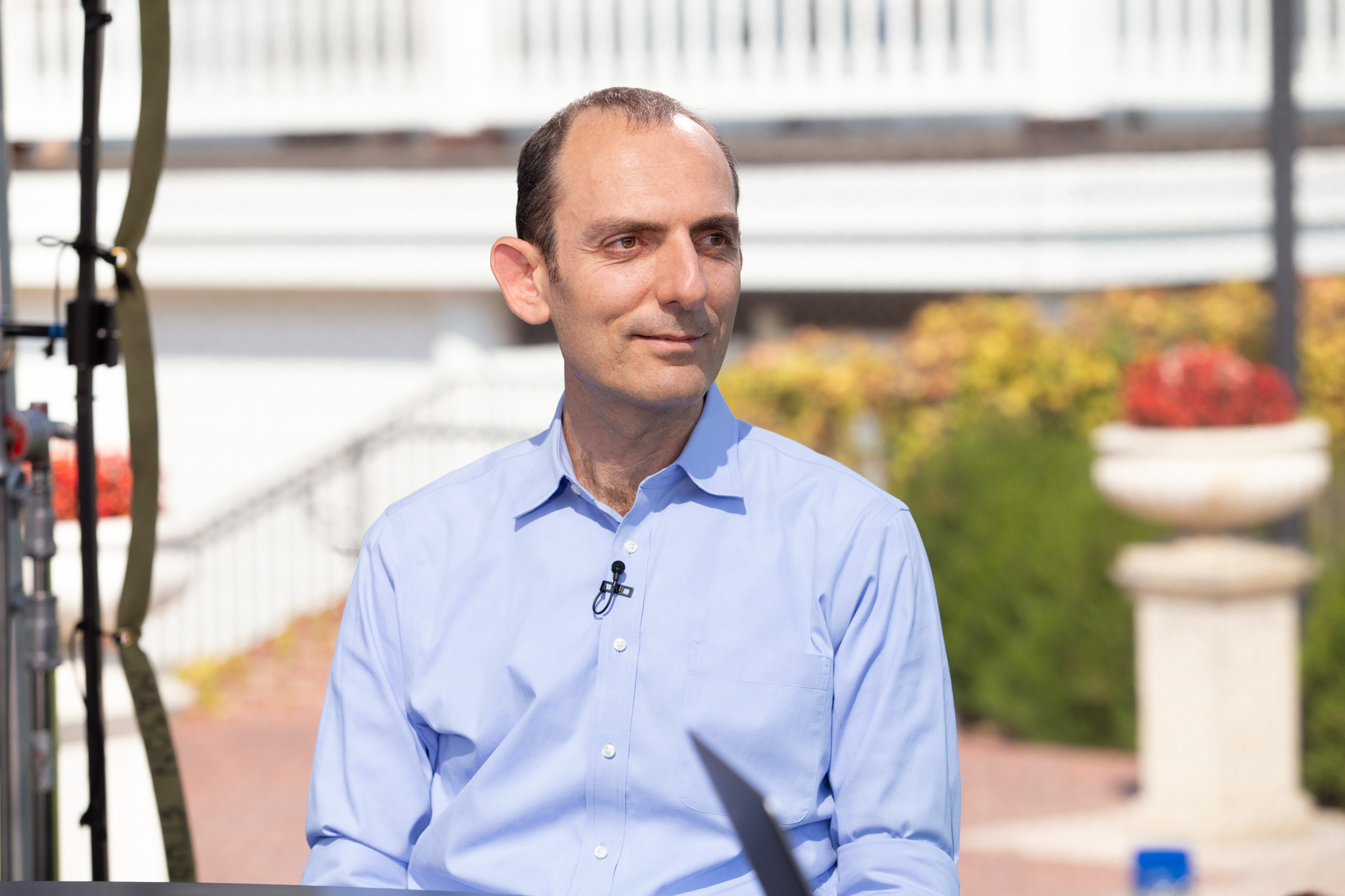 CLOUD
CLOUD
 CLOUD
CLOUD
 CLOUD
CLOUD
Many developers see network security as something of a hindrance — one extra step in the way of implementing improvements in an application.
In an organizational setting where most deployment operations are done on-premises, this hindrance to digital transformation becomes even more pronounced.
“Companies have applications that in-house developers are writing, and those developers are changing their apps all the time,” said Ruvi Kitov (pictured), co-founder, chairman and chief executive officer of Tufin Software Technologies Ltd. “So you end up having dozens of change requests from developers who want to open connectivity.”
Kitov spoke with John Furrier, host of theCUBE, SiliconANGLE Media’s livestreaming studio, during the Fortinet Security Summit. They discussed the current perception of SecOps from an organizational perspective, with special respect to on-prem workloads. (* Disclosure below.)
The usual communication flow between developers and network security personnel involves opening tickets ahead of app changes. Because every update or code deployment has to be signed off by the in-house network security team, the internal software development process is often slowed down considerably, according to Kitov. In contrast, organizations and their development teams are seeing huge gains in speed and agility through cloud deployment.
“They’re managing AWS Azure, Google Cloud, they’re managing GitHub. You know, they got the place to themselves. So they’re pushing changes in their apps without asking IT for permission. So they’re suddenly exposed to ‘this is how fast it can really be,'” he said.
To bridge the chasm between the on-prem and cloud-based deployment systems, there needs to be an automated approach to policy for on-prem operations especially, Kitov asserted.
“A developer wants to make a change; they open a ticket. That ticket reaches some system that’s going to check for compliance against the policy. If you’re able to immediately tell if that change is compliant or not, then you’re able to make that split-second decision, which might take an analyst a couple of days. And then you can design the perfect minimal change to implement on the network. That is really agile,” he said, expanding on the proposed policy solution.
Watch the complete video interview below, and be sure to check out more of SiliconANGLE’s and theCUBE’s coverage of the Fortinet Security Summit. (* Disclosure: TheCUBE is a paid media partner for the Fortinet Security Summit. Neither Fortinet Inc., the sponsor for theCUBE’s event coverage, nor other sponsors have editorial control over content on theCUBE or SiliconANGLE.)
Support our mission to keep content open and free by engaging with theCUBE community. Join theCUBE’s Alumni Trust Network, where technology leaders connect, share intelligence and create opportunities.
Founded by tech visionaries John Furrier and Dave Vellante, SiliconANGLE Media has built a dynamic ecosystem of industry-leading digital media brands that reach 15+ million elite tech professionals. Our new proprietary theCUBE AI Video Cloud is breaking ground in audience interaction, leveraging theCUBEai.com neural network to help technology companies make data-driven decisions and stay at the forefront of industry conversations.